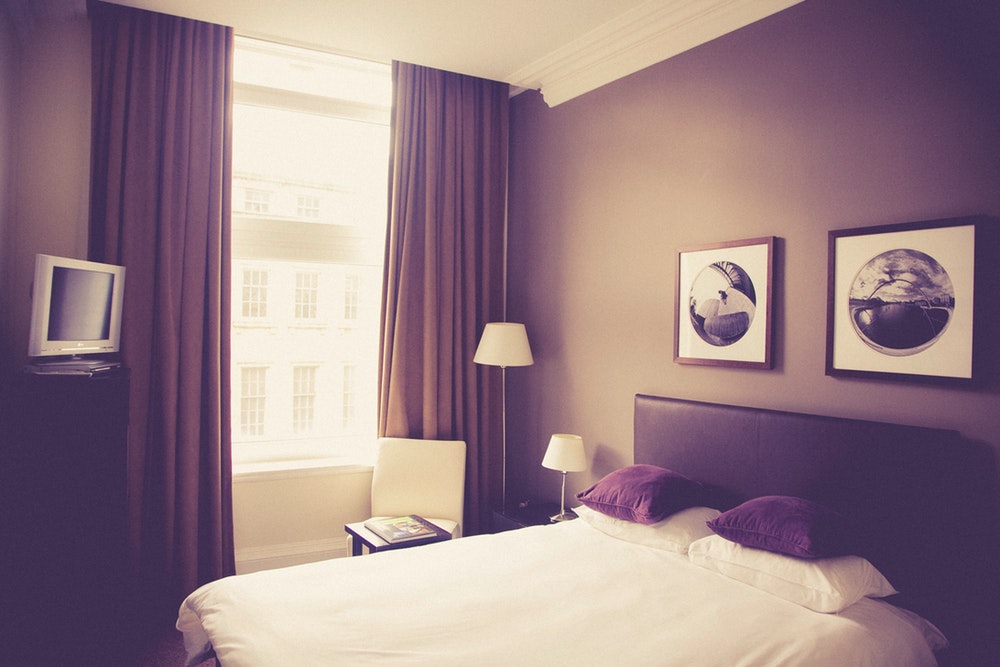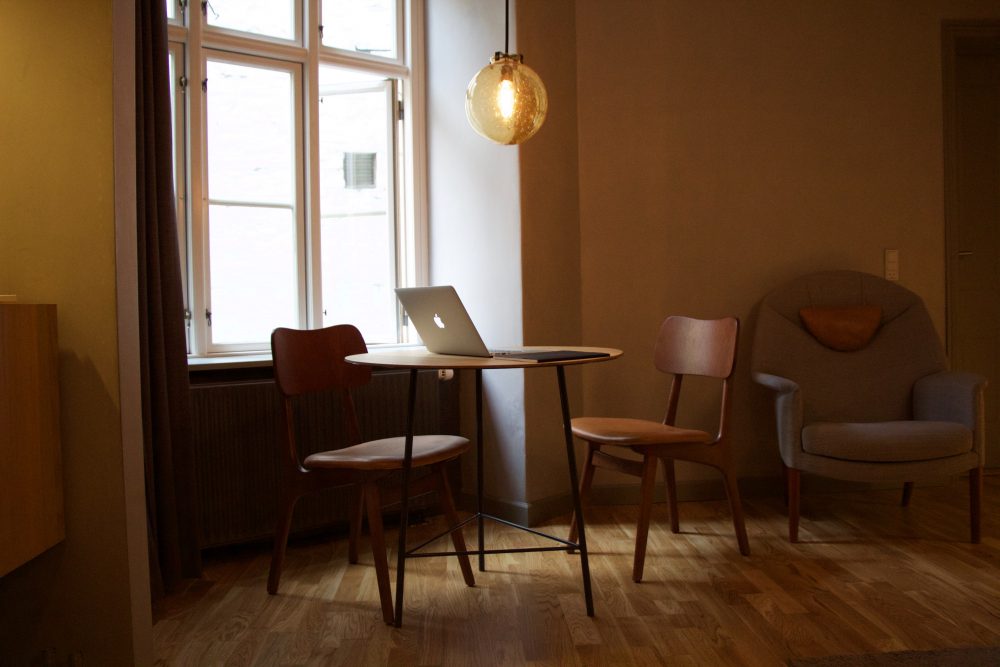How to Calculate Room Cost – Hotel Revenue Management Tips
July 22, 2019
Chris Hunter
This article goes into detail about how to calculate room cost, and what that can mean for your hotel. It was written by Chris Hunter of HotelRevenueMan.com. For those who would prefer to watch, I’ve also created a video on this topic which you can watch below.
Finding the Right Number
Someone walks up to your hotel counter at 11:59 pm and says “You have 10 unoccupied rooms that are going to sit empty, and I need a place to stay. Here’s $20. It’s $20 more in the cash register that wasn’t there before.” Do you take it?
For successful revenue management for hotels, knowing how much it costs to put someone in a room is an important first step.
Knowing this number will let you know how low you can go when changing rates throughout the year. Restaurateurs will be familiar with this concept because they have to “plate food” or calculate how much each part of a given dish costs, then use that information to calculate how much to charge the guest.
Figuring how much it costs to rent out a room is a little bit of a tricky question because there are two answers. I’m going to explain both of the costs, the differences between them, and I’ll show you step-by-step how to calculate these for your property.
Incremental Cost
The first cost is called “incremental cost”. It doesn’t matter that you remember the name of this cost (you can even make up a name that helps you remember it), it’s just important that you understand the concept.
Remember our late-night guest standing at the counter offering us $20? If we reject his offer and leave a hotel room empty, we incur no additional incremental cost. Why? Incremental cost answers the question “What is used up if I rent a room to someone?”
Imagine this: the hotel owner’s family member has a house fire, so he lets them stay at the property for one night for free. It’s not free for the hotelier to let them stay there. He will incur additional costs. Those costs are the incremental costs. What will those guests “use up”?
Here’s a quick brainstorm list that you can add to:
- Electricity (lights, TV, charging cell phones, AC/heat)
- Water (washing hands, brushing teeth, showers, flushing toilets)
- Wear & Tear (walking on carpet, sleeping on the bed, turning doorknobs, using lightbulbs)
- Breakfast
- Housekeeping (room must be cleaned after they leave, cleaning supplies used)
- Laundry (sheets, towels)
Some people won’t include wear and tear, but then I give them this example: if a mattress costs $1,000 and is rated up to 1,000 nights before it needs to be replaced, then each night someone sleeps on that mattress they use up $1 of the lifetime value of that mattress. Although difficult to track this same scenario is playing itself out as guests sit in your chairs and walk on your carpet.
To calculate the incremental cost, look at your expenses from your P&L (Profit and Loss Statement) for the previous calendar year for the categories we mentioned above. Take that number and divide it by the number of room nights sold for the year and this will be your incremental cost to put someone in a room. (Spoiler alert: it’s usually about $20.)
Example: A hotel’s expenses for these categories is $200,000 and they sold 10,000 room nights last year. $200,000 ÷ 10,000 room nights = $20 incremental cost.
So, do we sell the late-night guest a room for $20?
Really, it’s just a waste of time to let him stay because you’re just spinning your wheels, not making any profit. You’re also training your customers to not pay the going rate for your property and to just wait until the last minute and give you a low offer.
On the other hand, it will put an additional $20 of revenue on the books. So if you’re getting ready to sell you want to have as much revenue on the books as possible (even if it’s not profit), because banks and buyers really like that.
Also, if it’s a slow time, taking that additional booking will give your housekeepers an additional room to clean.
So again… do you book the room? A revenue manager’s favorite answer is “Depends!” Feel free to reach out to me and let me know what you’d do.
Burdened Cost
We’re not done yet. The incremental cost is only half of the story. I’d like to introduce you to “burdened cost”.
Again, I don’t care if you remember the exact name for this (there isn’t going to be a test later). Call it whatever you want as long as you understand the principle. This cost is a full or complete, all-in cost. It is “burdened” with all of the costs a property incurs.
We’ve already addressed the day-to-day costs associated with what guests use up with the incremental cost. If you’re reading this, you’re likely a manager, front desk or office worker and I want to make sure you get paid. That’s where this cost comes in.
Burdened costs are costs that you have to pay whether you sell 1 room or 100 rooms.
You’re going to pay the maintenance worker to go check and adjust the pool levels every morning regardless of occupancy. You’re going to pay a Night Auditor to be at the front desk all night watching Netflix…I mean running end of day reports regardless of the number of rooms sold. With an incremental cost of $20, that means anything we take over that goes to help offset these constant costs. I’m getting ahead of myself. Let’s stop and make a brainstorm list of burdened costs:
- Staff (maintenance, front desk, management, breakfast attendant)
- Mortgage
- Insurance
- Internet
- Parking lot repair
- New towels
- Cable TV (Example: $10 per room per month regardless of occupancy)
- Marketing
- Trade shows
- Chamber of Commerce membership
There could also be major costs such as all new furniture for all of the rooms that you might want to take an extra step with. If you expect that furniture to last 10 years, then you could divide that cost by 10. Use just a tenth of that cost in your burdened calculation to help keep from skewing the number. Just do this for major purchases like furniture, mattresses, and carpet.
To calculate the burdened cost look at your P&L again and at the bottom will be a list of total expenses.
Let’s use a number of $400,000. Take that number and divide it by the total number of rooms sold (this will be the same number you used for the incremental cost). Let’s use 10,000 room nights. $400,000 ÷ 10,000 room nights = $40. In America for a basic hotel usually the incremental cost is about $20 and the burdened cost is about $40. If you’re in a big city, or higher-end property these numbers, of course, will be higher.
So, what does this $40 number mean? If you are not consistently getting over $40 a night for your rooms, then you will soon be out of business!
Now, as we already mentioned you can dip below $40 for a short amount of time if it’s part of an overall strategy. Maybe January is a very slow month for your property, so you go to $30 on Sundays. This is $10 more than your $20 incremental cost meaning you can take the $10 you “profit” and use that to help offset your burdened costs like managers’ salaries.
You also might do this because you want to give your housekeepers a few more rooms to clean for the week and because it will help bring down the ADR (Average Daily Rate) for guests who are looking for longer LOS (Length of Stay).
A Word of Caution…
A word of caution when flirting with ultra-low rates even if it’s just for a short amount of time and as part of an overall strategy: there is a rate that is low enough that it starts to attract trouble. When I’ve run experiments of “how low can we go” at the properties I work with, we’ve found that number to be about $45.
Below that rate is when you start getting frequent visits from the cops and have lots of complaints of unruly guests. Suddenly those few extra dollars just aren’t worth it.
Conclusion
The first step in successful revenue management is knowing how much it costs to put someone in a room. The basic cost that guests use up by being on your property is the incremental cost, and for a budget hotel in America is often about $20. The big-picture, all-in cost that matters at the end of the year is the burdened cost and is usually about $40.
The biggest revenue management mistake that hoteliers make is not raising their rates high enough during times of high demand. You can read more about that and other top-six revenue management mistakes that hoteliers make by clicking here.
On the other end of that spectrum, you need to be competitive during times of low demand.
Going too low can cause you to get frequent visits from the cops and soon go out of business, but finding that sweet spot where you’re competitive and beating your competition on the rate is an effective strategy to steal market share.
Follow the process to figure both your incremental and burdened room cost and use those numbers to start your journey to successful revenue management.

Connect with Longitude°
Searching for a hospitality branding agency to partner with on your next project? Fill out the form below and let’s talk. Or you can email info@longitudebranding.com
Chris Hunter
Owner, HotelRevenueMan.com
Chris Hunter is a contributor and owns HotelRevenueMan.com. He consults with hospitality brands around the world, helping them fine-tune their revenue management strategies.






